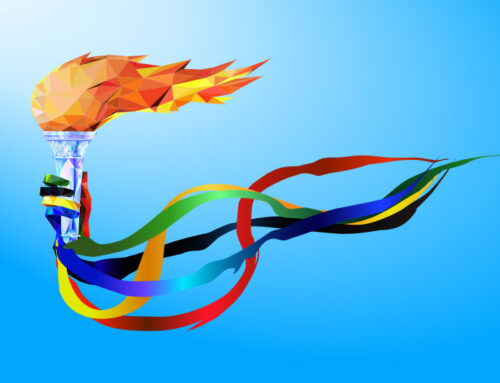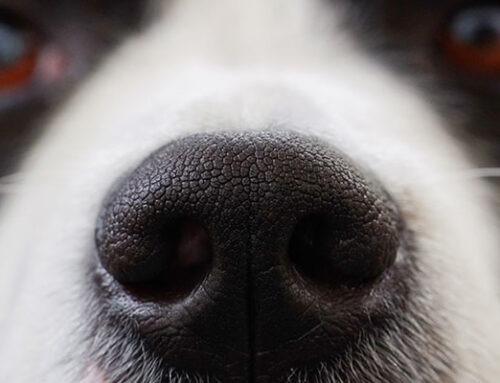In my last blog I stressed the centrality of Inuit families for survival in the harsh Arctic. Freezing conditions, lack of social services and isolation made division of labor for essential tasks within the family a matter of life and death.
Yet, as unlikely as it would seem under such conditions, art blossomed among the Inuit ever since their migration from Siberia virtually thousands of years ago. Inuit artists portray in drawings, prints and sculptures not only their daily life but that of the past. Pitaloosie Saila, a senior Inuit artist, said in the catalogue of an ongoing solo exhibition of her prints at the Winnipeg Art Gallery, “I don’t just draw what’s on my mind. I draw what was before: like people’s lifestyle from before…of the Inuit way of life.”
When it comes to marriage, it’s hard to top the show that the Inuits put on when they married.
While the influence of missionaries put sexual restrictions on modern Inuit life, a young Inuk told Houston in 1995 that “nobody gets married…anymore,” which to some extent seems to be a world-wide phenomenon. But it wasn’t that way in earlier days in the Arctic.
In his memoir, Confessions of an Igloo Dweller: Memories of the Old Arctic, James Houston describes vividly a typical case of Inuit marriage in past times. Two sets of parents started the ball rolling by agreeing that the unborn daughter of one family might marry the son, Upik, of the other, planting the seed for a future family. Knowing this, the children grew up in a more intimate relationship than would have existed between peers. When approaching marriageable age, Upik made a gift for his future mother-in-law as an offering for her daughter’s hand. The mother, however, thought that her daughter didn’t sew well enough yet to fulfill her role as wife and mother. Being ready for marriage meant having adult skills, like sewing and cooking for the girl and hunting and fishing for the boy. Thus, the girl’s mother thought marriage for her daughter premature and did not accept Upik’s gift, so he returned to his home at another village.
Eventually Upik returned, more mature, and re-offered the present. This time it was accepted, and Upik stayed with his prospective wife’s family. Due to limited space in the igloo, Upik, the girl, her sister and their parents all slept in the same bed. For Upik and the girl this was a “trial marriage.” Sex was permissive among the Inuit. If pregnancy occurred, however, the girl gave the child to her parents, a relative or friends. Unwed girls were not permitted to keep a child.

Reluctant Wife by Josiah Nuilaaluk. Photo by Michael Kingsberry, Select Cut Media, LLC
At summertime, both families met together, including relatives, to decide if and when the couple should marry. One teenager indicated he had a problem with Upik: He hadn’t returned a spear he had borrowed. Upik said he had left it by the fish cache and forgotten about it. His uncle told him to fetch it, now, which he did, and all was forgotten. No further issues came up and marriage in the future was allowed, but not yet. There was more to come.
Upik lived and hunted with the girl’s family through the winter, honing his skills. In the spring, Upik’s family came to pick up their son, not knowing the state of his courtship. After both families feasted together, Upik’s parents said they were returning home the next day. Upik said he wanted to bring his fiancée along, and that’s when the histrionics began.
The next morning when Upik woke up – he was living with his fiancée – the girl wasn’t there. Upik looked everywhere but couldn’t find her, while his parents waited for him on their packed sled before returning home. Finally, Upik found her by following tracks she had made in a light snow. Still being difficult, she ran away from him again and went back to her igloo. When Upik went into the igloo after her, she wasn’t there. He became furious and so her grandmother revealed her hiding under a blanket. Upik dragged her outside by her wrists as she yelled for help to be saved. Now everyone got into the act. The women of the camp screamed to Upik to free her, saying, “She belongs here with us. Upik, let her go.” He didn’t. He dragged her to his dog sled and started to follow his parents. She leaped free and ran back to the igloo with her friends shouting, “Faster, run faster, faster!”
This was turning into a drama for the ages, but apparently it was customary.
“Upik jumped off his sled and turned it over so the dogs could not drag it far. Then, running like a caribou, he caught the fleeting girl. She screamed out to those watching her from the camp. They yelled back, urging her to break away again. The women and children were wailing, and the hunters were pacing back and forth in great excitement.”
Upik caught the girl but “lost his grip on her. She was off again and running back toward her camp with her family and neighbors cheering wildly…This time Upik didn’t run, but stood sadly watching her go. The crying and the yelling from the tents and igloos instantly ceased. The girl stopped and looked back at Upik. He was busy righting his sled and untangling his dogs. Then… he started to drive his team out of the fjord.”
She ran after the sled; he looked back and urged her on, and she jumped onto the sled beside him.
The sculpture by Josiah Nuilaaluk portrays a sliver of a theatrical Inuit marriage ritual of the past etched in stone. The groom lifts his fiancée with his arms around her waist, physically capturing and claiming her as his wife, a timeless Inuit custom. Both bride and groom are looking to the sky, perhaps thanking the powers that be for their good fortune.
The dramatic show was their marriage ceremony. Crazy, yes, but it certainly didn’t develop in a vacuum. So how did such a complex, scripted performance come about? I imagine it evolved from even earlier times when men simply captured their wives and drove off with them in their sleds – no ritual, just the way things were done.
Don’t we all live by our rituals?






Leave A Comment